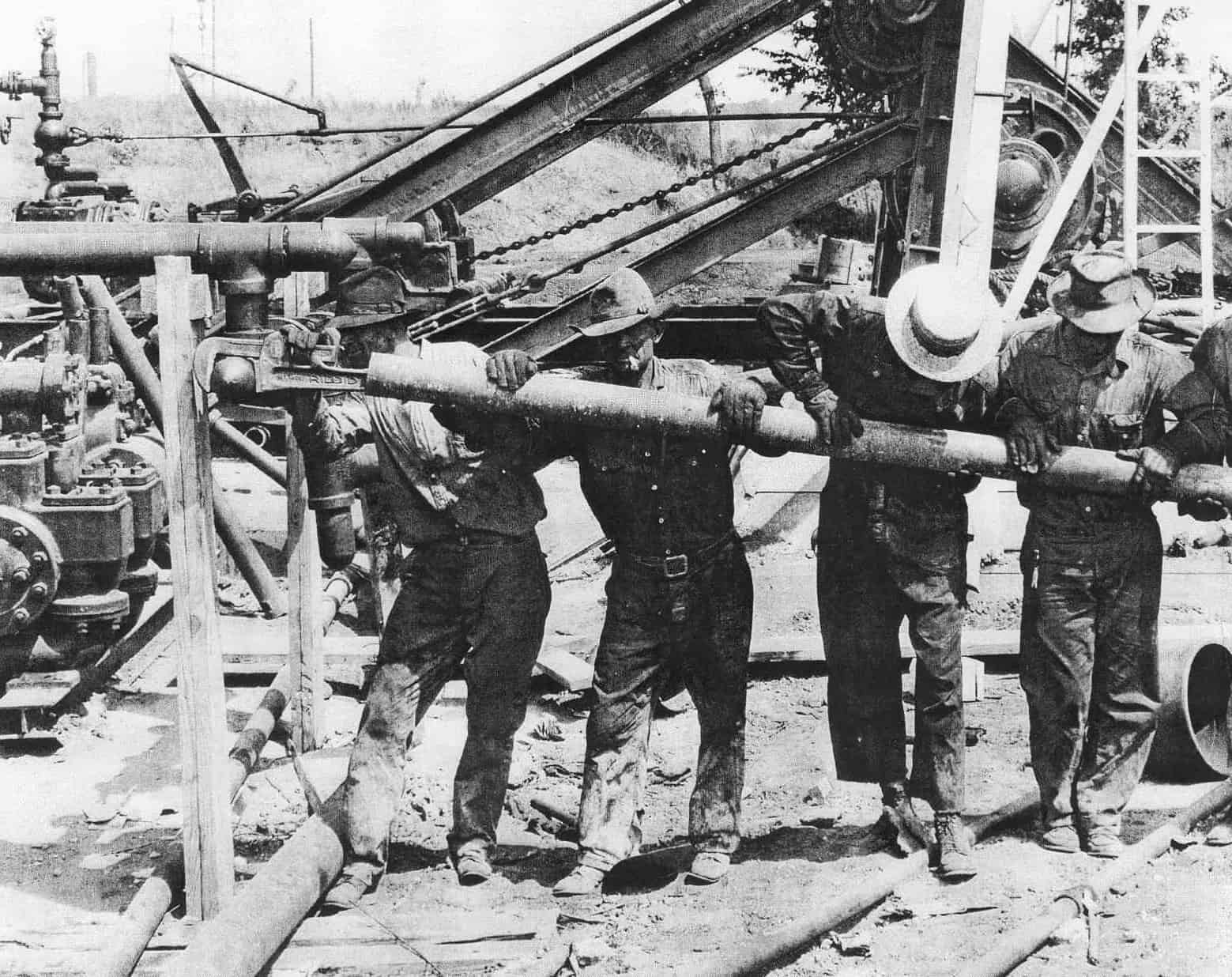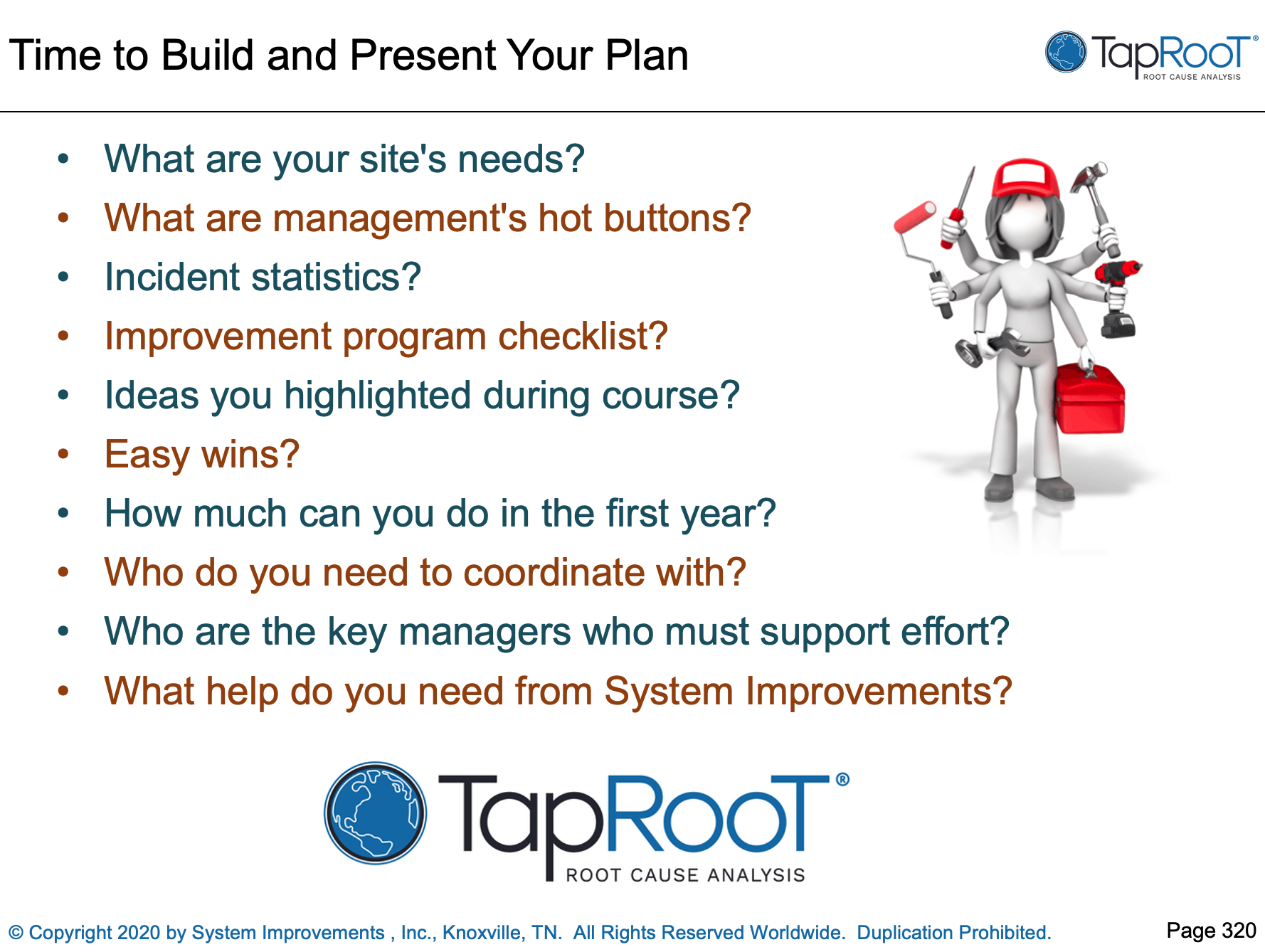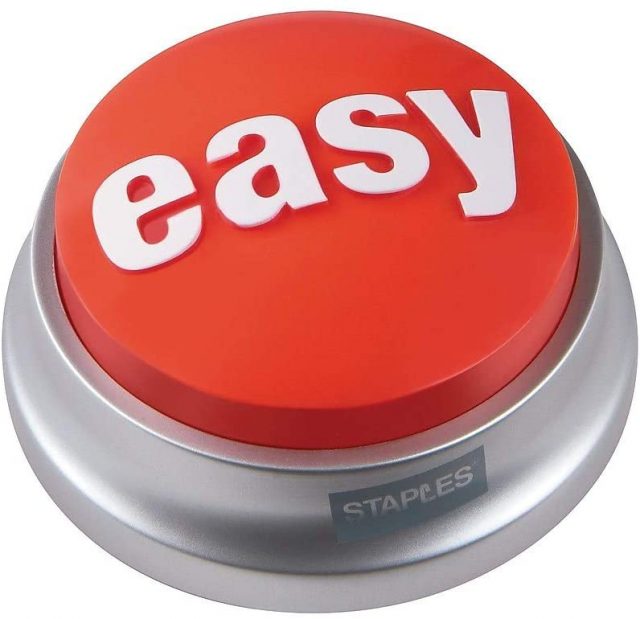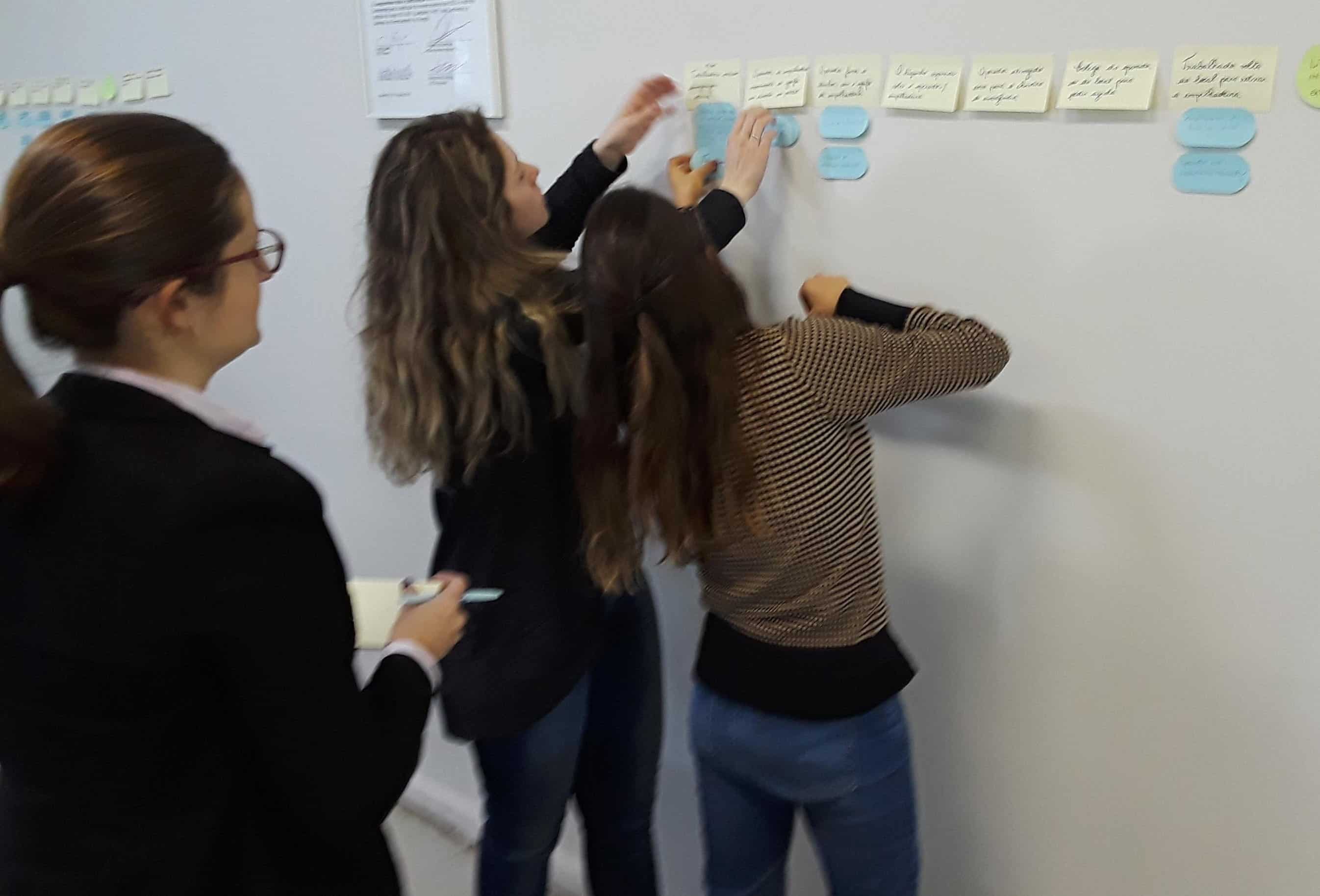Improve Human Performance in 3 Easy Steps

How to Improve Human Performance
The picture above is from 1927. It represents what was acceptable human performance in 1927 (almost 100 years ago). But this may not be acceptable human performance today. Your management may want fewer human errors, fewer industrial accidents, and improved operating and environmental performance.
If human performance at your facility lags behind what your management thinks is acceptable, you may need to improve human performance. But how do you improve human performance? With a human performance improvement program! Change your human performance improvement techniques from those used in the last century to modern techniques you should apply today.
I developed my first human performance improvement program back in 1985. It’s an interesting story of how I came to do that, but … that story is for another time. The point of this post is to discuss how YOU can develop your company’s human performance improvement program using techniques that work.
What Do YOU Need To Know About Human Performance Improvement?

Before you start developing a human performance improvement program, you should probably know something about human error. There is a whole field of study about this called human factors or ergonomics.
When I started designing my first human performance improvement program, I had just finished my Master’s Degree with an emphasis on Human Factors. Also. I had just left the Nuclear Navy with extensive experience in high-reliability operations. Therefore, I had a pretty good background to develop a program. But I wasn’t yet a Certified Ergonomist. That came a few years later when they established the first certification program, and I became the 85th person in the world to gain certification.
You probably don’t have time to get a Human Factors Master’s Degree or spend seven years in the Nuclear Navy to get a background in high-reliability operations. What should you do? I would recommend:
- Get as much information as you can about human factors.
- Review other human error reduction/human performance improvement programs.
- Review the large variety of human error reduction techniques being taught to understand how they work and their human factors basis.
- Get feedback or test how the various human performance improvement tools work.
That’s a good list. But do you have time to do it?
Learn What You Need in Just Two Days
Great news. We developed a 2-day course that has lots of information about stopping human error and improving human performance. It’s a fast way to get ahead to develop a custom program based on the human performance best practices that have been researched and used successfully. CLICK HERE to see the course outline.
The course is being offered on October 4-5 in Knoxville, Tennessee.

The course is designed to help you develop a custom human performance improvement program that best fits the needs of your company. Alex Paradies and Mark Paradies are teaching the course.
What are some of the factors that go into building your custom human performance improvement program? Here’s a slide (used by permission) from the course…

By the way, you get the book, Stopping Human Error, when you attend the Stopping Human Error Course.
You will leave this course with a clear understanding of methods to improve human performance and a custom plan to apply those methods at your company.
How can you be sure that the course will help your company improve human performance? The course is GUARANTEED…
Attend this course, go back to work, and use the techniques you have learned
to stop human error. If you don’t find new ways to improve human performance
and if you and your management don’t agree that your efforts to improve
human performance are much more effective, just return your course
materials, and we will refund the entire course fee.
Three Easy Steps to Improve Human Performance
So, here are the three easy steps to building your company’s custom human performance improvement program:
- Register for the Stopping Human Error Course being held on October 4-5 in Knoxville.
- Attend the Stopping Human Error Course.
- As part of the course, develop your company’s human performance improvement program.
That makes building a human performance improvement plan easy.

REGISTER NOW!
Space in the course is limited. CLICK HERE to register.
Remember – human errors can be expensive. You want to prevent them! Get the necessary knowledge and put it to work to stop accidents and improve performance.




